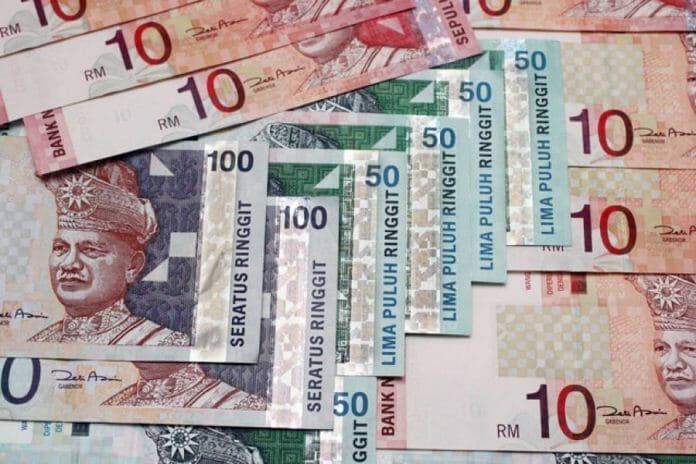Malaysia’s ringgit, languishing at a 24-year low against the dollar, is poised to weaken further on concern a national election may reignite political risk and threaten the government’s ability to push through a deficit-busting budget.
The ringgit breached a support level around 4.50 per US dollar last month as hawkish moves by the US Federal Reserve fuelled a rally in the American dollar. The Malaysian currency now faces fresh headwinds after Prime Minister Ismail Sabri Yaakob dissolved parliament, paving the way for a national vote that must be held in the next two months, SCMP cited.
“Ringgit weakness may return if the results of the election are seen as insufficient to cement greater political stability or support for the incumbent BN party,” said Galvin Chia, emerging markets FX strategist at Natwest Markets in Singapore. Dollar-ringgit may test 4.75-4.80 by year-end, Chia said, adding that its performance will also be determined by moves in the dollar and the yuan.
Ismail’s United Malays National Organisation led Malaysia for about six decades before a shock election defeat in 2018. The party returned to power in 2020 but its ruling coalition, known as Barisan Nasional, remains fragile and is seeking an early election to capitalise on what it sees as disarray among the opposition. Mahathir Mohamad, Malaysia’s longest-serving leader, has warned the poll will be tight and no party will win an outright majority.
The vote also creates uncertainty over the fate of the government’s US$80 billion budget announced earlier this month, which aims to cut taxes while still narrowing the fiscal deficit through more targeted subsidies. The government has said the budget could be tabled again after the election is held.
“The election announcement essentially put the 2023 budget that was already announced in suspension mode,” said Wellian Wiranto, economist at Oversea-Chinese Banking Corp. in Singapore.
The political and fiscal uncertainty may weigh on the ringgit, which is already under pressure because of Bank Negara Malaysia’s decision to take a less aggressive monetary stance than its US counterpart. Not only has it raised rates by a smaller amount, it also dovishly signalled at its September meeting that future tightening isn’t a given.
Investors will look to local inflation data due October 21 to assess whether Bank Negara may still turn more hawkish when it reviews borrowing costs next month. If it does not, the path of least resistance could see the ringgit weaken further.
To be sure, the ringgit is seen trading at between 4.53 and 4.70 per US dollar in the fourth quarter, according to 14 analysts surveyed by Bloomberg, an indication that some see it strengthening instead of weakening.









